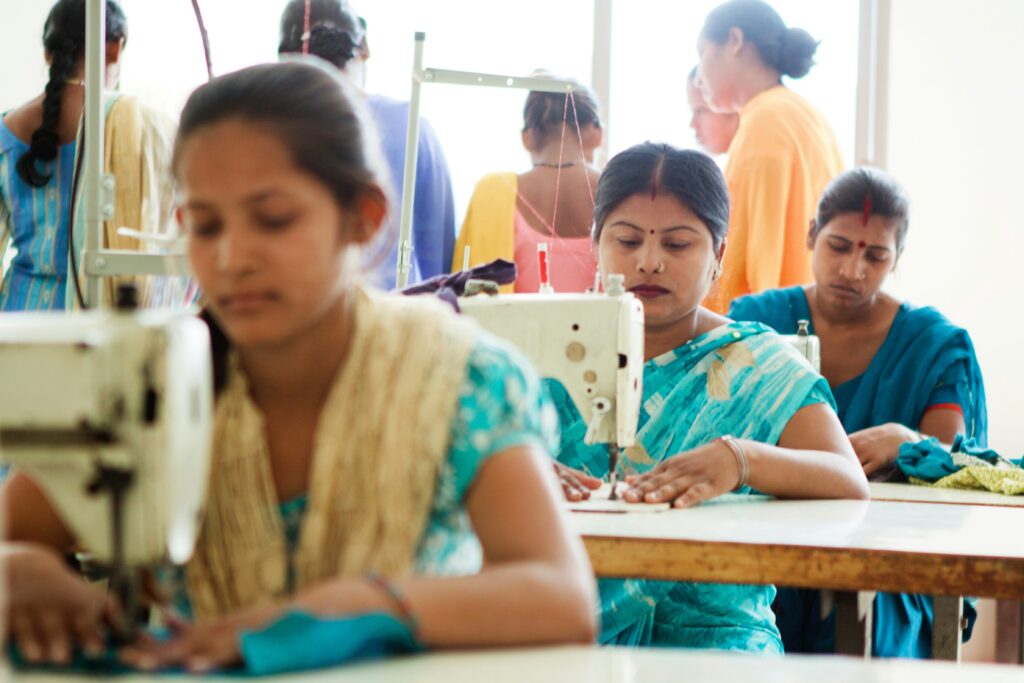The SAKSHAM Scheme (Self Employment and Talent Utilization) scheme is a vital initiative launched by the Ministry of Labour and Employment, aimed at providing skill training and employment opportunities to educated unemployed youth in India. Designed to bridge the skill gap and improve employability, this scheme plays a critical role in nurturing a self-reliant and skilled workforce for the 21st-century economy.

Objectives of SAKSHAM Scheme
The primary objectives of the SAKSHAM scheme include:
- Providing skill development training to unemployed graduates.
- Facilitating both wage employment and self-employment opportunities.
- Encouraging entrepreneurship among youth, especially in rural and semi-urban areas.
- Enhancing industry-relevant skills to meet labor market demands.
The scheme promotes a culture of “Earn while you learn”, ensuring practical exposure alongside theoretical training.
Key Features
- Target Group: Educated unemployed youth (18–35 years) with at least a graduate degree.
- Stipend: A monthly stipend of ₹100 per day (up to 100 days) during skill training.
- Training Modules: Offered in collaboration with Skill India, National Skill Development Corporation (NSDC), and private training partners.
- Online Portal: Youth can apply and track progress through a dedicated government portal.
- Focus on Rural India: Special emphasis on rural and backward districts to ensure equitable participation.
Funding and Implementation
The SAKSHAM scheme is fully centrally funded. It integrates efforts from:
- National Career Services (NCS)
- Skill Development Missions of States
- Corporate partners through CSR
Funds are disbursed through the Public Financial Management System (PFMS) to ensure transparency and direct benefit transfer.
Current Status (as of 2025)
As of May 2025, the SAKSHAM scheme has achieved the following milestones:
- Over 7.2 lakh youth registered across states and UTs.
- Nearly 4.6 lakh beneficiaries trained, with a placement rate of ~58%.
- Training provided in sectors like IT/ITES, retail, logistics, hospitality, textiles, and manufacturing.
- Integration with other schemes like PMKVY and Startup India for seamless progression into jobs or businesses.
Benefits of the Scheme
1. Improved Employability
Youth gain hands-on experience and real-world training aligned with industry needs.
2. Entrepreneurial Push
Support for micro-entrepreneurship and small business creation through tie-ups with Mudra Yojana and Startup India.
3. Bridging Rural-Urban Divide
Special outreach programs in Tier 2, Tier 3 cities, and rural areas for inclusive development.
4. Career Guidance
In addition to training, participants get career counseling and mentorship from professionals.
Comparison with Similar Programs
SAKSHAM complements earlier programs like:
- PM Kaushal Vikas Yojana (PMKVY) – which focuses on short-term skill courses.
- Deen Dayal Upadhyaya Grameen Kaushalya Yojana (DDU-GKY) – more rural-focused.
- Startup India – for entrepreneurial follow-up after SAKSHAM training.
While those schemes are sectoral or audience-specific, SAKSHAM uniquely combines training with direct employment support and stipends, making it more accessible and immediately useful for fresh graduates.
Challenges and Way Forward
Though SAKSHAM has gained traction, the scheme still faces:
- Limited awareness among rural youth
- Delays in stipend disbursement in some regions
- Need for more localized training partners
To make SAKSHAM more impactful, efforts are underway to:
- Expand digital access
- Strengthen district-level implementation
- Collaborate with private employers for direct placements
Conclusion
The SAKSHAM Scheme reflects the government’s strong resolve to create a self-reliant youth workforce ready to take on challenges of the modern job market. By promoting skill, support, and self-employment, the scheme helps unlock the untapped potential of India’s aspiring generation.
With sustained efforts, SAKSHAM can truly be a launchpad for India’s skilled youth revolution.
Official Source for More Info:
Related Schemes:
PM SHRI; PM GATI SHAKTI & Other Schemes
#Class12Economics #ClassXIIMacro #DesignLinkedIncentivesScheme #DLIScheme #EconomicsforUPSC #GovernmentBudgetClass12 #JalJeevanMission #Meity #MinistryofAgricultureSchemes #MinistryofCommerce #MinistryofEducation #MinistryofJalShakti #MissionSUJALAM #MoA&FWSchemes #MODIGovt3.0 #MoneyMultiplier #MoNRE #MoPNG #NamamiGange #NIPUNBharatMission #PLIScheme #PMAwasYojana #PMBhartiyaJanaushadhiPariyojana #PMDeVINEScheme #PMGATISHAKTI #PMKISAN #PMKUSUM #PMKVY #PMMatsyaSampada #PMMatsyaSampadaSchemeUPSC #PMSHRI #PMSHRIScheme #PMSuryaGharMuftBijliYojana #PMSVAMITVASCHEME #ProductionLinkedScheme #RashtriyaGokulMission #SAKSHAMScheme #SamagraShikshaScheme #SamagraShikshaScheme2.0 #SamagraShikshaYojana #SC/STSchemes #StandUpIndia #UTPRERAK #UtprerakScheme #VidyanjaliScheme


